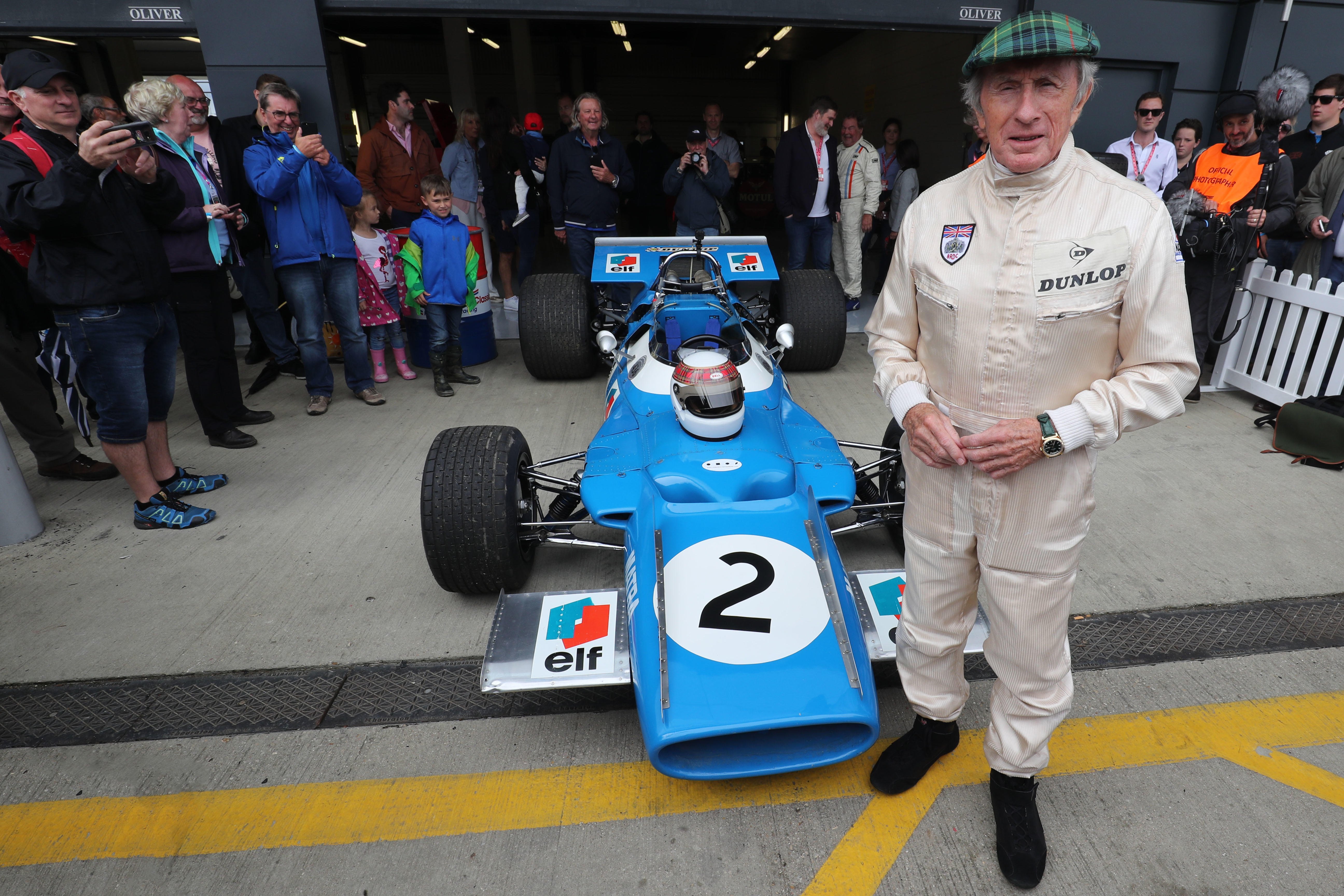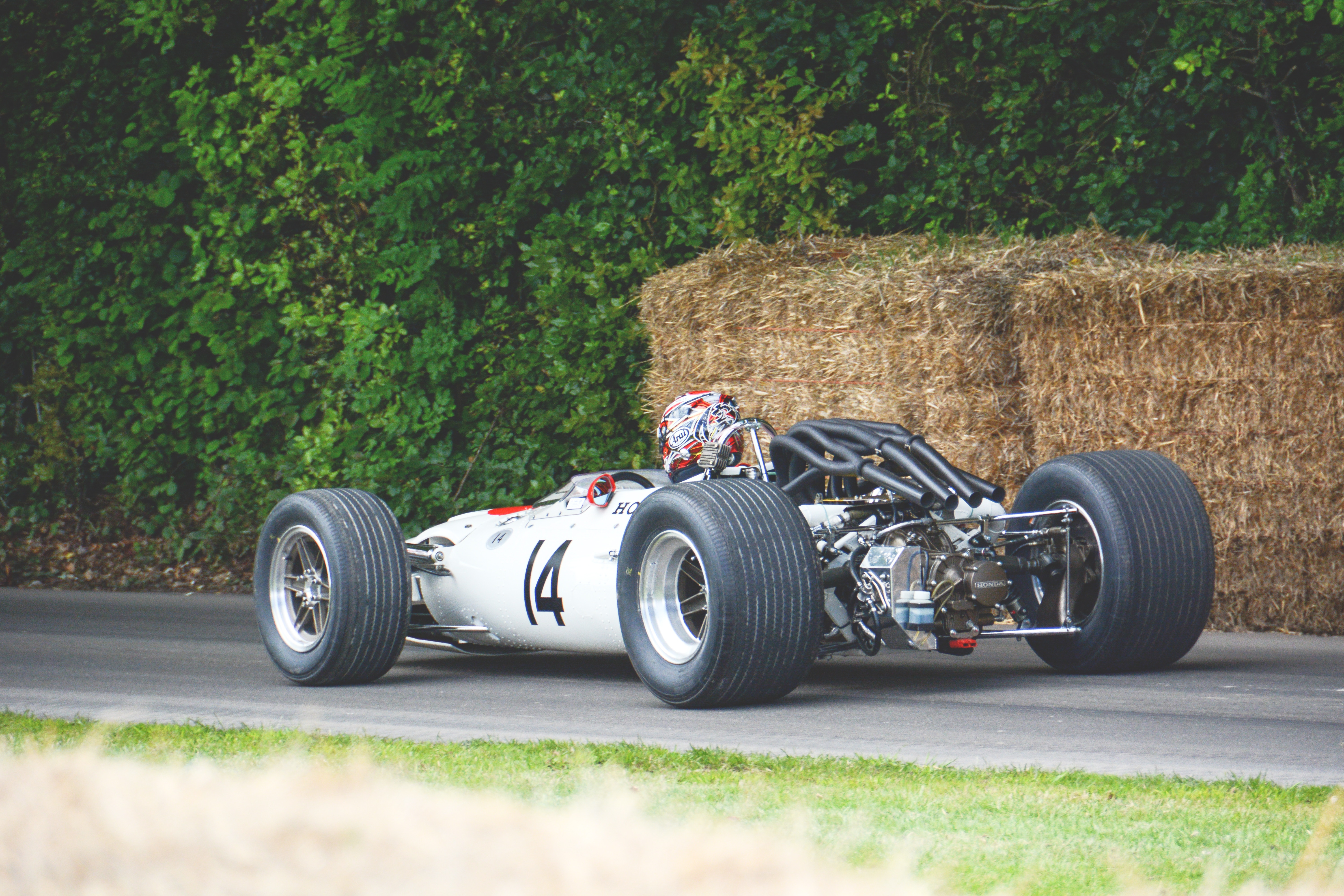So I got curious about that crazy dangerous early F1 period and dug into how 1968 became the game-changer. Started by grabbing every old racing book I could find at the library – man, those pages smelled like mothballs. First thing that jumped out was them showing up to the South African GP without seatbelts. Like, drivers just bounced around cockpits during crashes! Absolute madness.

My garage experiments
Tried replicating pre-1968 stuff in my buddy’s vintage Mini Cooper. Taped cardboard to the roll bar pretending it was aluminum – one decent tug and it crumpled like tissue paper. Then we got hold of an old motorcycle helmet to test the “leather pudding bowl” theory. Dropped a melon inside it from waist height: Splat! Juice everywhere. Suddenly understood why Jackie Stewart called those “coffins on wheels”.
The real shocker came when tracking down 1968 rule changes:
- Mandatory seat belts that actually held you in
- Fireproof suits replacing flimsy cotton overalls
- Proper roll cages instead of flimsy hoops
- Fuel tanks that didn’t burst open like soda cans
Seeing the difference at Monaco
Watched grainy footage of the ’68 Monaco crash where dragster-style fuel tanks saved lives. Before? Spilled fuel meant instant fireballs. After? Cars tumbled with minimal leakage. Almost cried seeing marshals casually strolling toward wreckage instead of running from explosions.
Talked to this retired mechanic at a car show who worked on ’68 Lotuses. He spat tobacco and laughed: “We used to bolt fuel cells right behind drivers’ spines. After ’68 regs? Suddenly we’re wrapping tanks in bulletproof Kevlar blankets. Drivers stopped smelling like gasoline halfway through races.”
Finished my deep dive realizing how little anyone cared before ’68. Drivers were basically human crash test dummies. Those rule changes didn’t just tweak racing – they dragged the sport kicking and screaming into caring whether drivers lived or died. Still blows my mind that it took charred bodies and flying limbs before anyone fixed anything.

